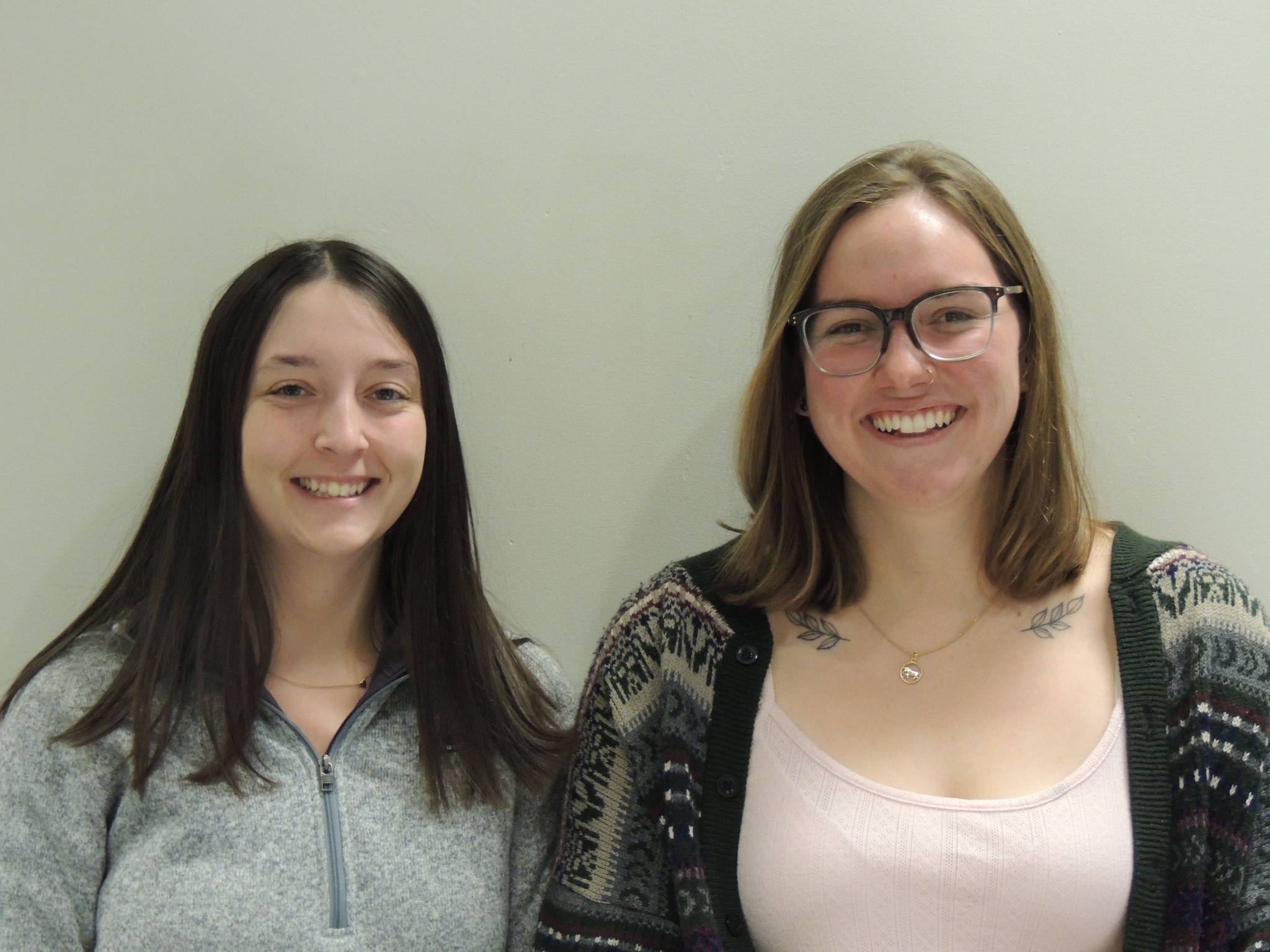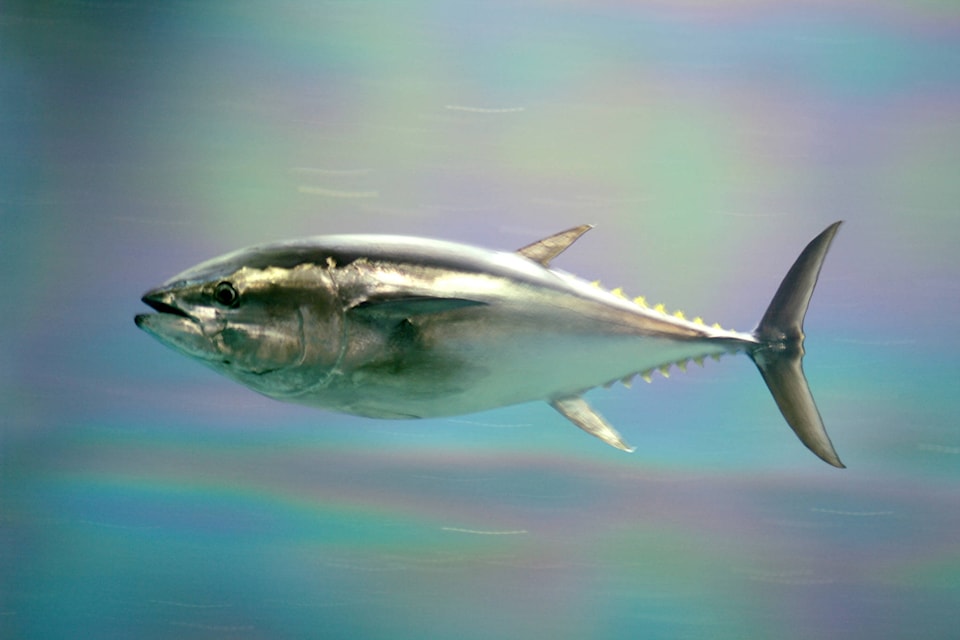By Rebekkah Ankenmann and Robin Jones
Seafood has been available in our stores for forever it would seem. At first, it would have been very local fish but more and more, we can get very exotic species. What is common today is a wide variety of species from different oceans; salmon, halibut, snow crab … the list goes on.
For so long, the ocean seemed like a bottomless pit of fish for us to eat. We now know that this isn’t true and the conversation has begun to turn to fishing sustainably.
For as long as most people can remember, there was a cod fishery on Canada’s east coast … until the collapse of 1992. An enormous industry and whole communities were built on the fisheries. This is an unfortunate classic example of a fishery that was not fished sustainably.
Sustainable seafood can be defined as “a species that is caught or farmed in a way that ensures the long term health and stability of that species, along with the greater ecosystem.”
In the 1990s, the Sustainable Seafood Movement began as a social marketing campaign meant to provide consumers with information to let them make informed decisions on what they wished to purchase.
The theory is that if the consumer is informed and concerned, they will more often select sustainable species. By avoiding non-sustainable species, demand will drop and there will be less incentive to fish them.
Recently the Sustainable Seafood Movement has advanced into both eco-friendly labelling and awareness campaigns, which are challenging consumers to make educated choices. Of the world’s assessed fish stocks, 85 per cent are currently being overexploited or at full capacity. We need to be aware of how our seafood choices will have a widespread impact on our oceans
The bluefin tuna fisheries is unsustainable. For this species, there are vast levels of overfishing which has caused dramatic decreases in bluefin tuna population. It is a good but unfortunate example of why it is important to be aware of how sustainably seafood is being sourced.
In this day and age, information is literally at our fingertips, and it is incredibly easy for us to gain knowledge when we need to make informed decisions. One of the interfaces that allow us to gain information on our favourite seafood snack is Oceanwise.
Initially started by the Vancouver Aquarium, Oceanwise was intended as a way to fill the need for information regarding sustainable options. This has since spread into an interactive website where you can research a specific species, and based on the location and method of fishing, it is possible to determine a rating for sustainability.
The other popular program for seafood information is the Monterey Seafood Watch, which is available as an app. Created in 1999, this American-based system uses a colour ranking to display whether an item was sustainably harvested.
These advancements are allowing consumers to be better informed regarding sustainable seafood choices. In the Kootenays there is a strong environmental mindset, which is why it is important to most local consumers to understand how to ethically source their food. This is why it is important to understand how food is sourced.
A quote by Wangari Maathai describes the notion perfectly: “You cannot protect the environment unless you empower people, you inform them, and you help them understand that these resources are their own, that they must protect them.”
Rebekkah Ankenmann and Robin Jones are second year students in the recreation, fish and wildlife program at Selkirk College in Castlegar.

